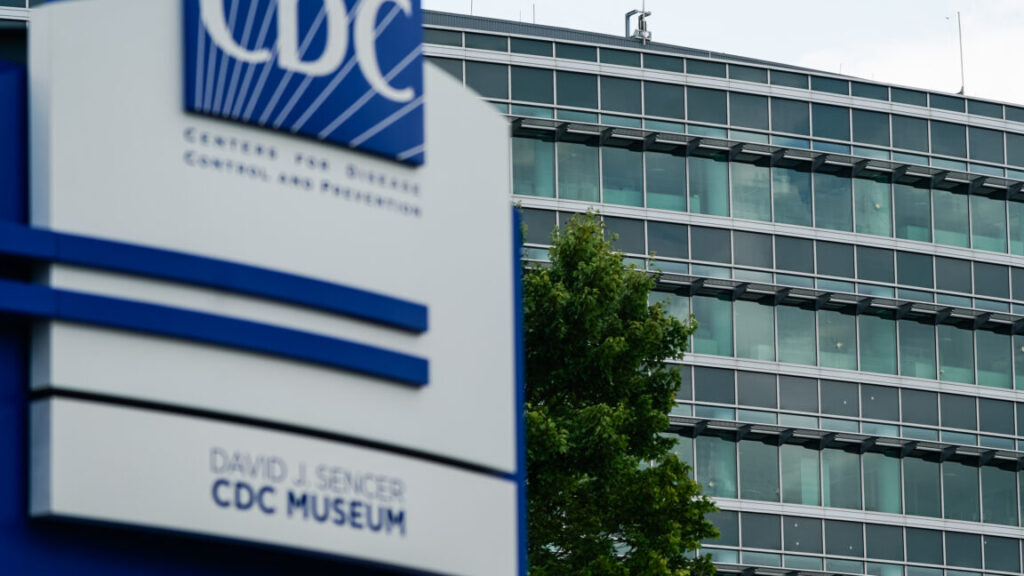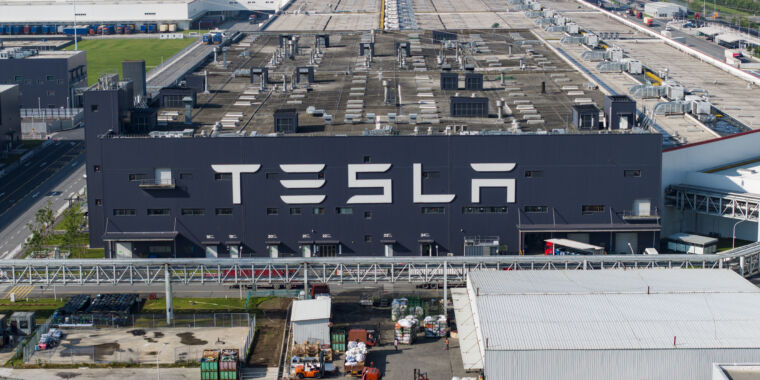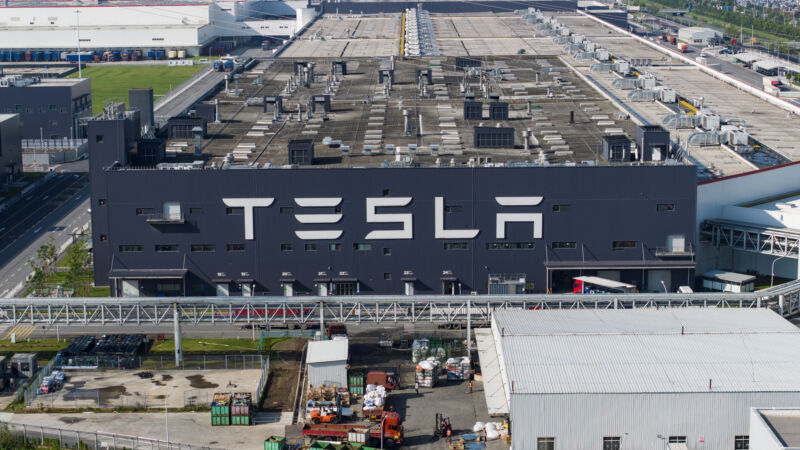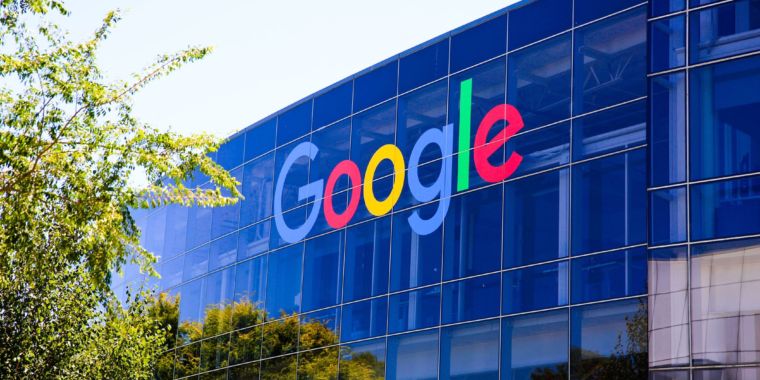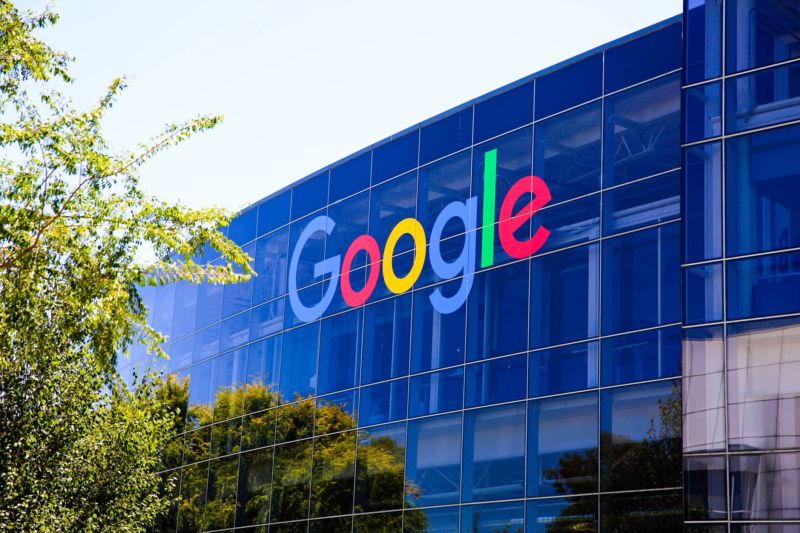HP plans to save millions by laying off thousands, ramping up AI use
HP Inc. said that it will lay off 4,000 to 6,000 employees in favor of AI deployments, claiming it will help save $1 billion in annualized gross run rate by the end of its fiscal 2028.
HP expects to complete the layoffs by the end of that fiscal year. The reductions will largely hit product development, internal operations, and customer support, HP CEO Enrique Lores said during an earnings call on Tuesday.
Using AI, HP will “accelerate product innovation, improve customer satisfaction, and boost productivity,” Lores said.
In its fiscal 2025 earnings report released yesterday, HP said:
Structural cost savings represent gross reductions in costs driven by operational efficiency, digital transformation, and portfolio optimization. These initiatives include but are not limited to workforce reductions, platform simplification, programs consolidation and productivity measures undertaken by HP, which HP expects to be sustainable in the longer-term.
AI blamed for tech layoffs
HP’s announcement comes as workers everywhere try to decipher how AI will impact their future job statuses and job opportunities. Some industries, such as customer support, are expected to be more disrupted than others. But we’ve already seen many tech layoffs tied to AI.
Salesforce, for example, announced in October that it had let go of 4,000 customer support employees, with CEO Marc Benioff saying that AI meant “I need less heads.” In September, US senators accused Amazon of blaming its dismissal of “tens of thousands” of employees on the “adoption of generative AI tools” and then replacing the workers with over 10,000 foreign H-1B employees. Last month, Amazon announced it would lay off about 14,000 people to focus on its most promising projects, including generative AI. Last year, Intuit said it would lay off 1,800 people and replace them with AI-focused workers. Klarna and Duolingo have also replaced significant numbers of workers with AI. And in January, Meta announced plans to lay off 5 percent of its workforce as it looks to streamline operations and build its AI business.
HP plans to save millions by laying off thousands, ramping up AI use Read More »

